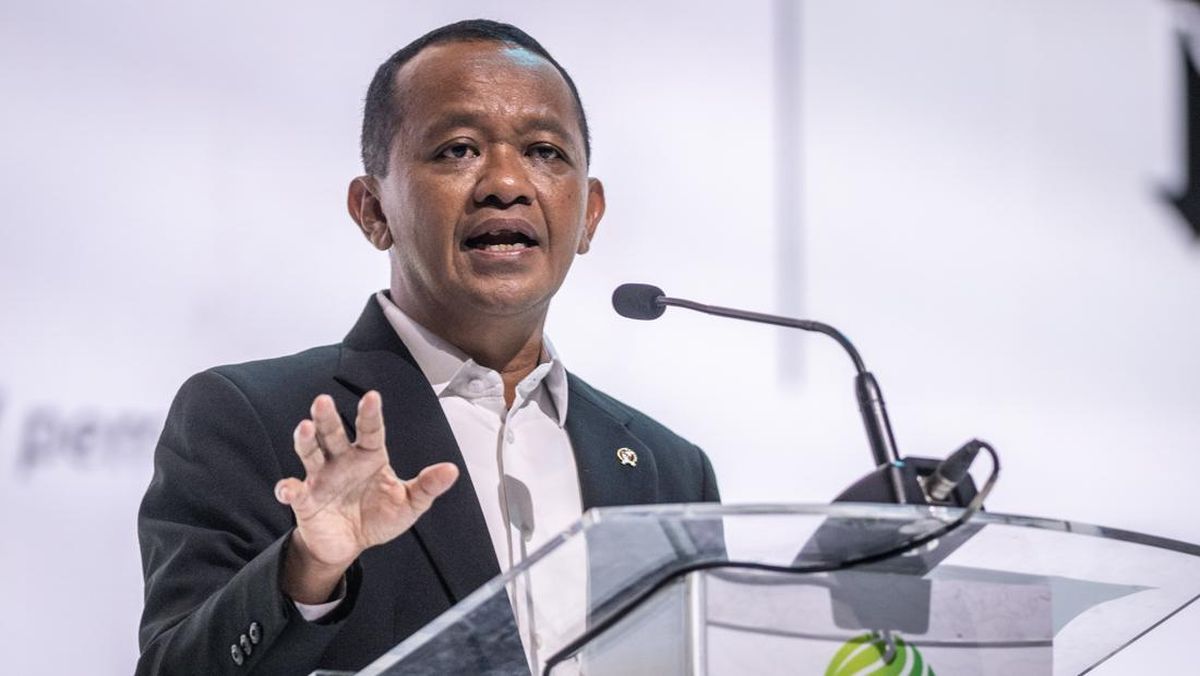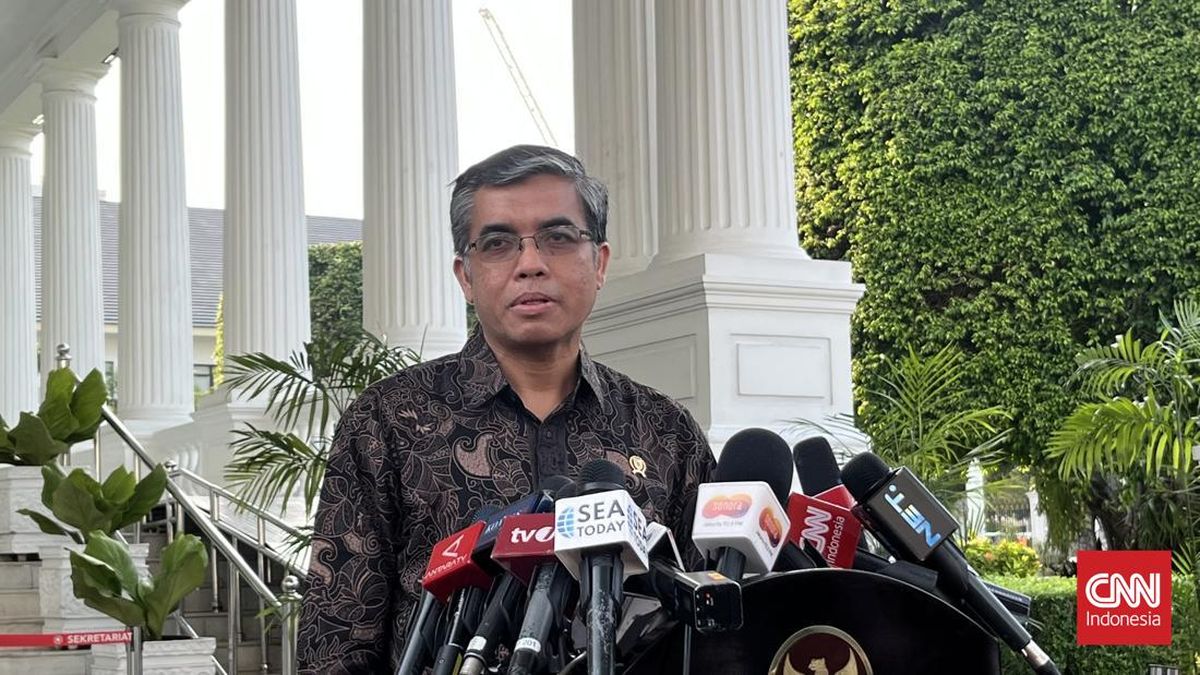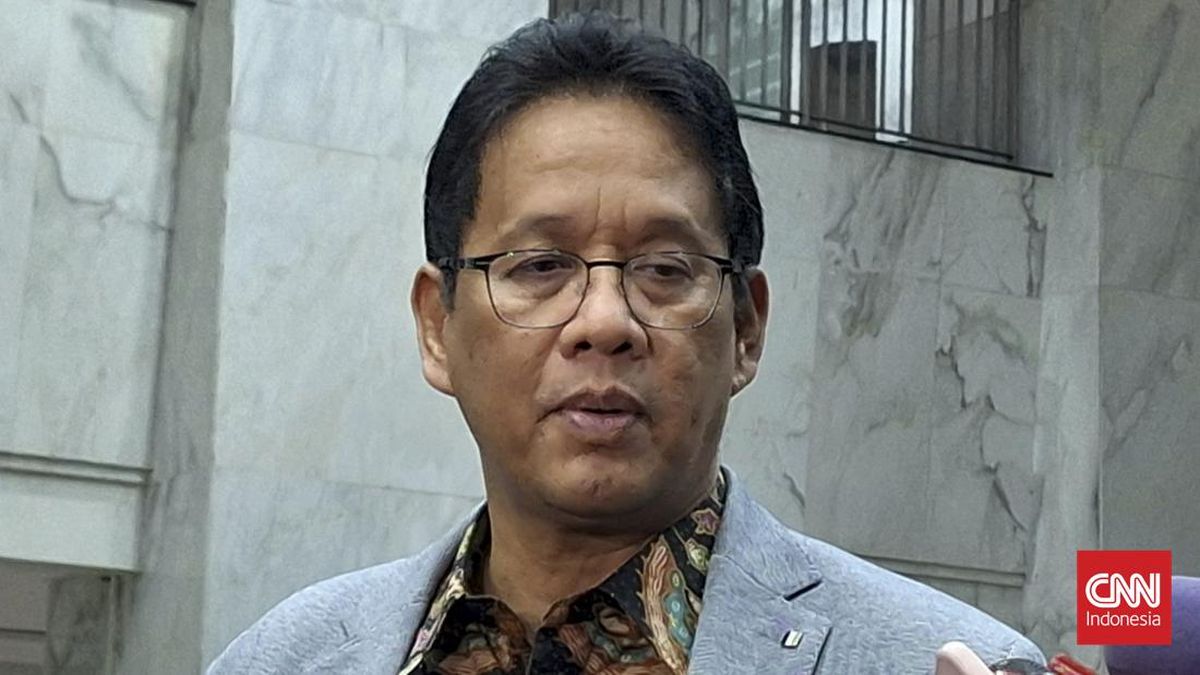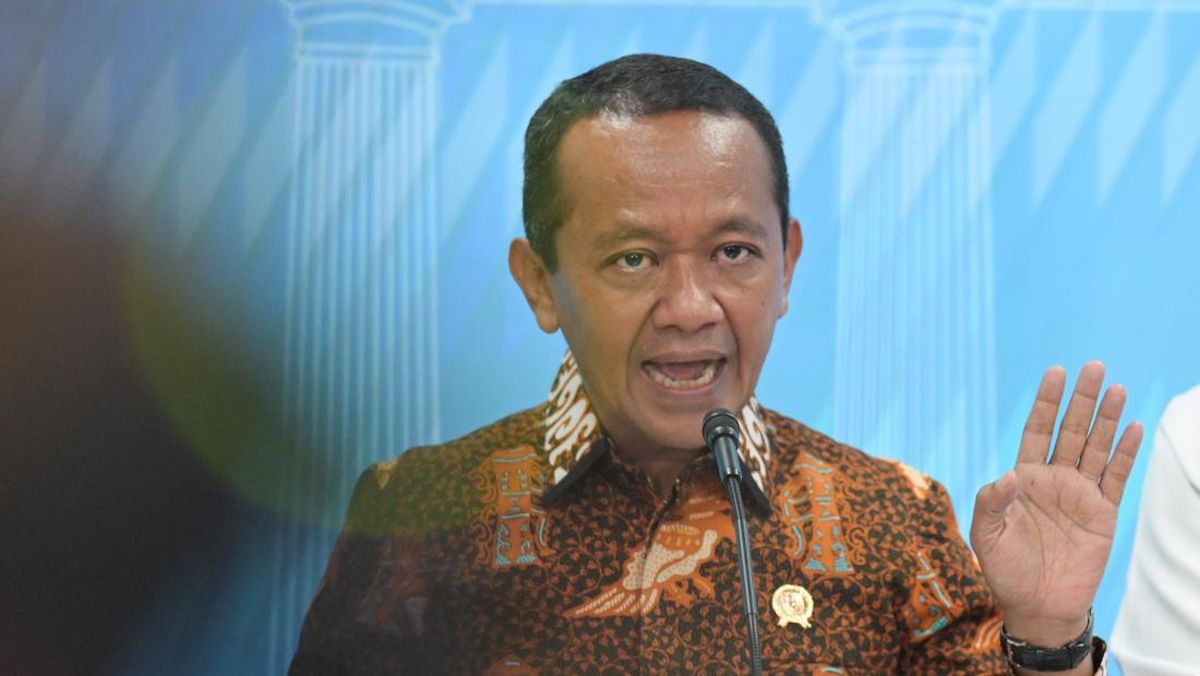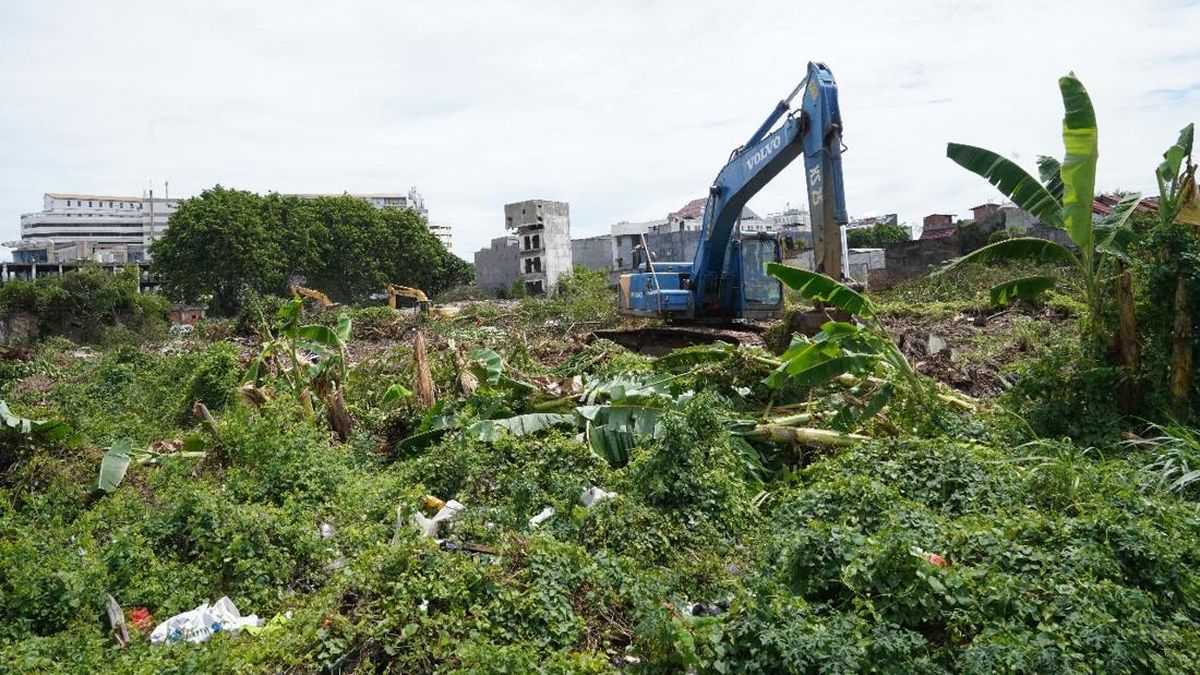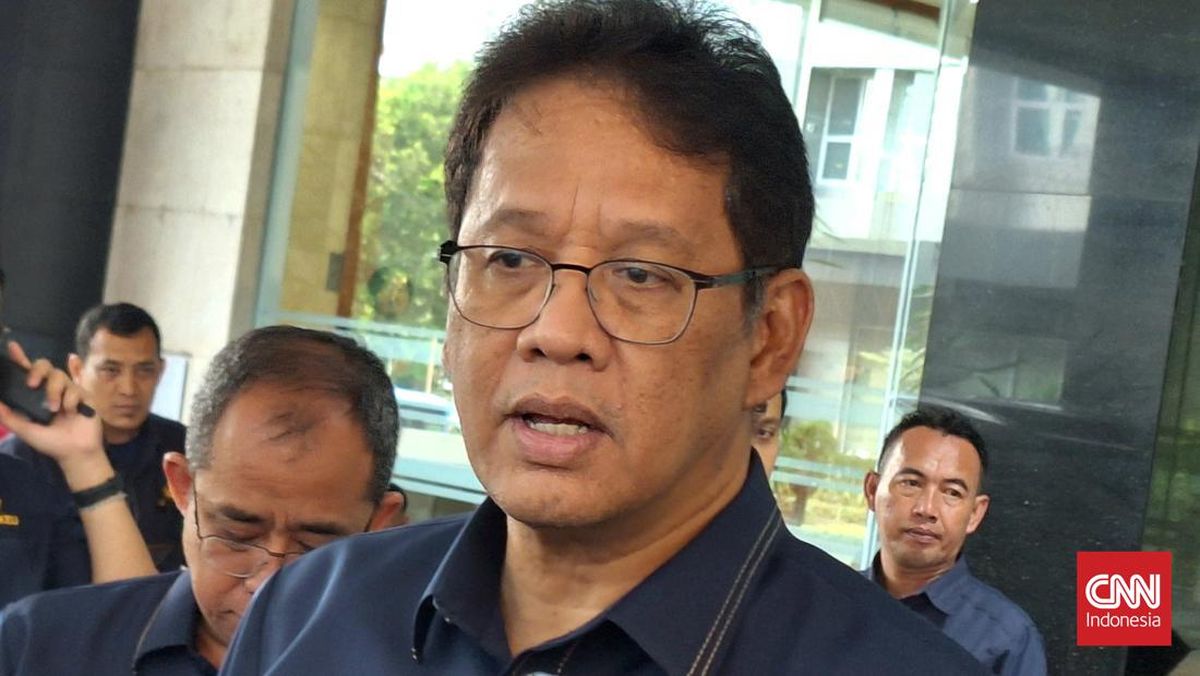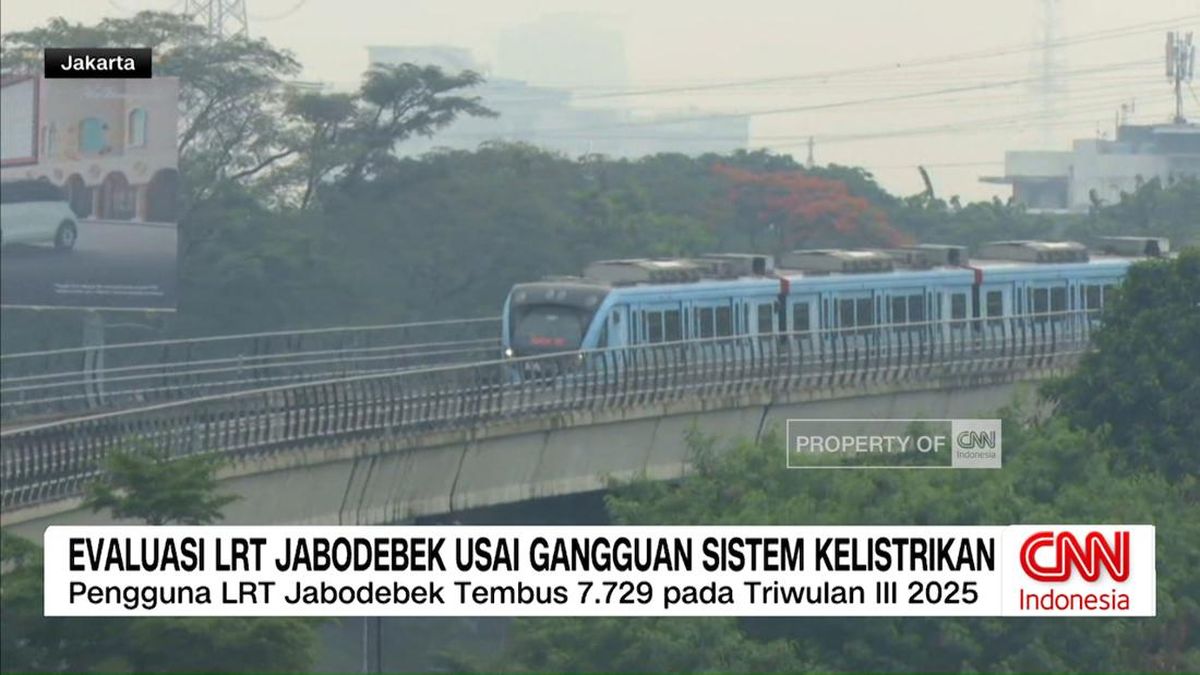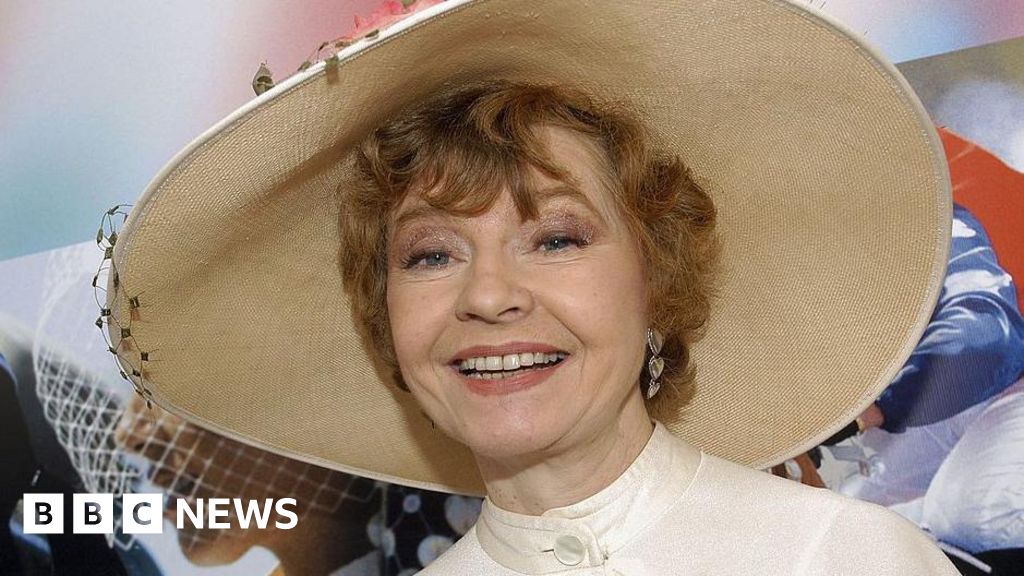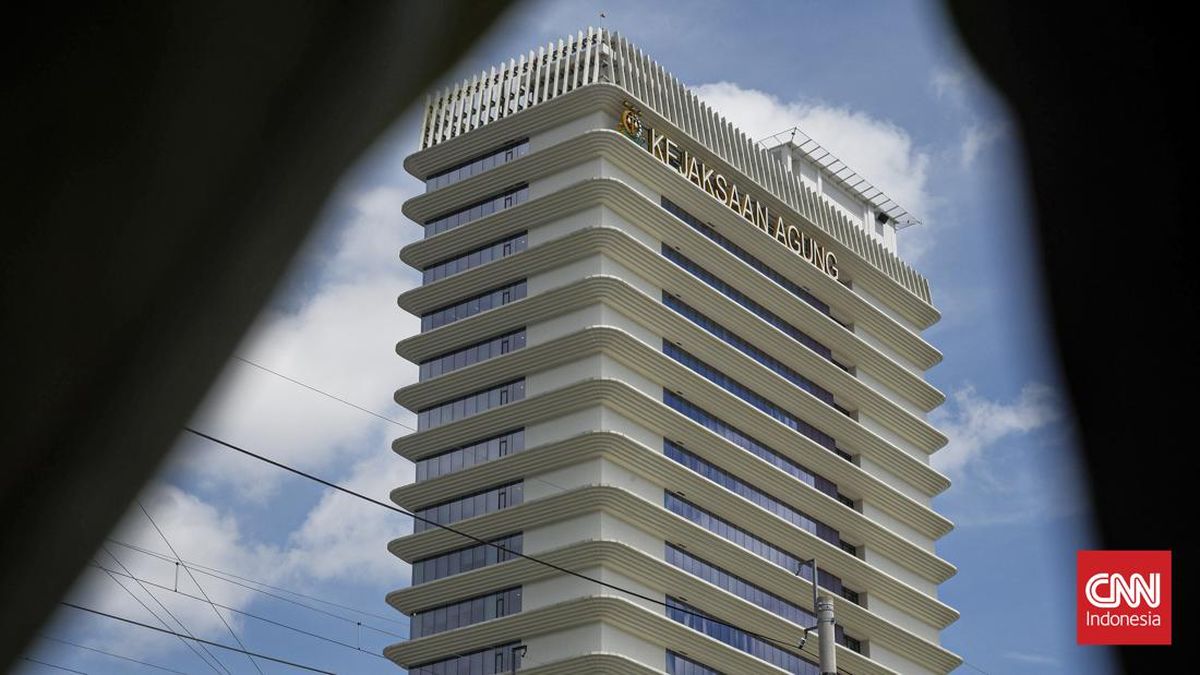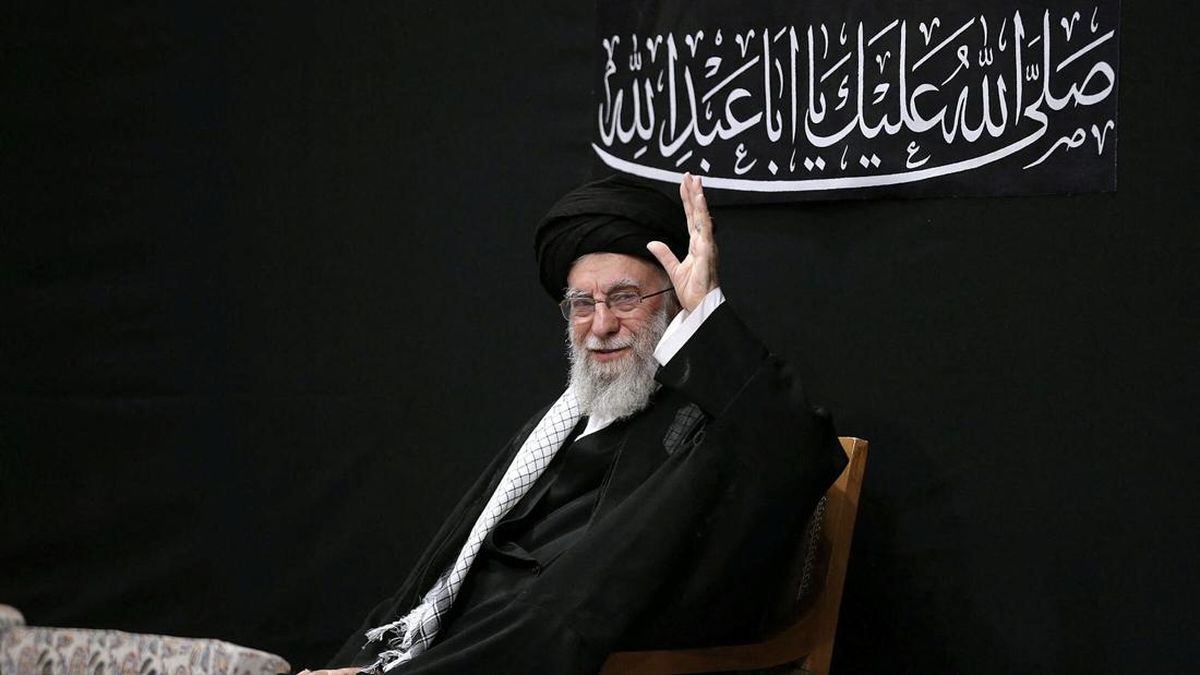Donald Trump and his family have personal relationships, of course, with a number of the leaders of the key Middle Eastern producers that they might be able to call on if there is a need to further expand OPEC production.
Whether that is necessary, or not, depends on what impact the new sanctions have.
Russia has been able to find workarounds to counter earlier sanctions and the price caps the G7 economies have imposed on its exports.

An oil field in Siberia. About 80 per cent of Russia’s oil exports have now been targeted by the US and the European Union.Credit: Bloomberg
It has developed a vast “shadow” fleet of tankers that have shipped its oil, albeit at discounts to global prices, to countries including China, India and Turkey. They have been prepared to ignore the sanctions.
The American intervention, and the threat of secondary sanctions that threaten to cut off access to the US and US dollar-denominated global financial system, has, however, already had an impact.
Loading
Chinese state-owned companies and India’s major refineries – Russia’s two biggest customers – have already suspended seaborne imports of Russian oil while they work through the implications of the sanctions. They can’t afford to be shut out of the global financial system.
China’s purchases of Russian oil and assistance for its war efforts will inevitably come up in this week’s head-to-head discussions between Trump and Chinese President Xi Jinping. Trump’s 50 per cent tariff on India’s exports to the US might also become a discussion point between the US and India if the US is serious about throttling Russia’s oil revenues.
Russia will almost inevitably find some sort of workaround – it’s shown how resourceful and creative its oil exporters can be – but there will be some squeezing of its oil exports and, if it is to largely maintain export volumes, it will probably come at the cost of even bigger discounts to global prices.
The EU and United Kingdon (but not the US), last month reduced the price cap on Russian oil (backed by the threat of sanctions and loss of insurance cover) from the $US60 a barrel cap imposed in late 2022 to $US47.60 a barrel.
Russia’s flagship crude had been selling at $US12 to $US13 a barrel discounts to the previous cap. To maintain export volumes now that Rosneft and Lukoil have been sanctioned, Russia may well have to increase the scale of its discounts even as the cost of establishing new and more expensive ways of circumventing the sanctions increases.
With oil exports accounting for about one-third of Russia’s budget revenues and those revenues already under pressure from a slowing economy and an inflation rate running above 8 per cent, the impact of the sanctions on Russia’s economy – if the US polices them effectively – could be material.
That economy has held up far better than expected when the West first responded to Russia’s invasion of Ukraine with sanctions and the seizure of about $US300 billion ($457.4 billion) of Russia’s offshore foreign exchange reserves, largely because Vladimir Putin rapidly switched its structure away from a market-driven economy to a wartime economy.
Perversely, that generated increased growth, reduced unemployment and significant increases in wages as more and more of Russia’s industrial base – and its citizens – were devoted to the war effort.
There are, however, now signs of strain. Russia’s industrial base is now devoted to producing goods that, once deployed in the war, produce no recurrent economic benefit. Investment has flowed away from other activities into military spending, increasingly starving non-military activity of funds.
With oil inventories bulging and expanding and OPEC still sitting on millions of barrels a day of unused capacity, any reduction in the flow of Russian oil into the global market could be absorbed without massive price impacts.
The expansion of the Russian military, and the need to replace the hundreds of thousands who have died and the other hundreds of thousands that have been wounded, is producing shortages of workers across the economy while driving up wages and inflation.
Resources have been concentrated in Moscow and military centres, drawing them away from the regions and causing financial stresses and degrading services in some of Russia’s poorer regions.
From a remarkably positive 4.3 per cent growth in GDP last year, even Russia’s own forecasters see growth of only about 1 per cent this year. The International Monetary Fund and World Bank both forecast growth of less than 1 per cent this year and not much more over the next few years.
Loading
Last week Russia’s central bank cut its policy rate by 0.5 of a percentage point, to 16.5 per cent. It had been as high as 21 per cent. Economic growth of 1per cent or less and inflation of 8 per cent or more equals stagflation.
Russia’s economy is stagnating, with the inflation rate eroding the value of the revenues and taxes available for military spending, which accounts for about 40 per cent of Moscow’s spending and about 8 per cent of GDP – about twice the amount spent before the invasion.
Moscow is budgeting for flat defence and security expenditures in 2025-26. That implies a reduction in real terms and signals how tight the country’s finances now are even though the government has been increasing fees, fines, taxes on individual and companies and has foreshadowed an increase in the country’s value-added tax rate to 22 per cent and a broadening of that tax’s base.
The American sanctions on Rosneft and Lukoil won’t tip Russia’s economy over or undermine its financing of the war. Putin, and an economy that has been structurally transformed into a wartime economy, are too deeply committed to reverse course and the consequences of trying to re-establish a peacetime economy could be even more damaging.
The sanctions might, however, help squeeze Russia’s revenues to the point where it has some impact on its ability to conduct the war as it wants, increases economic and social pressures within the country and might leave Putin with fewer allies and customers for Russia’s vital energy exports.
The Market Recap newsletter is a wrap of the day’s trading. Get it each weekday afternoon.


